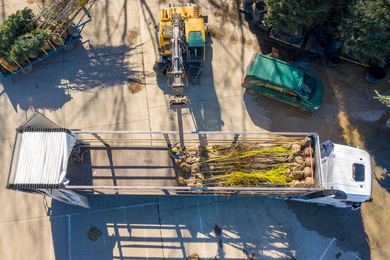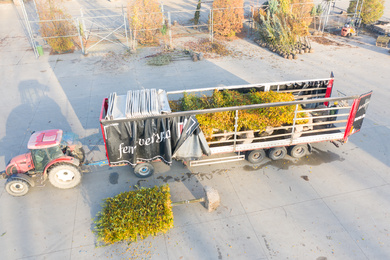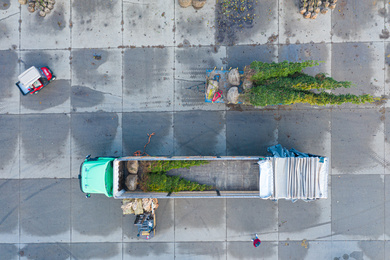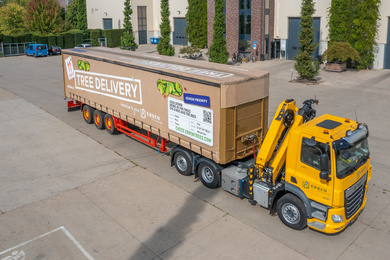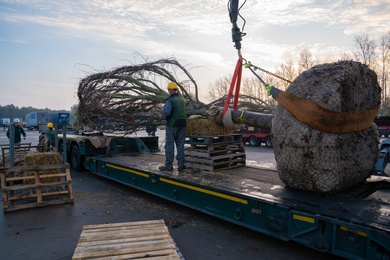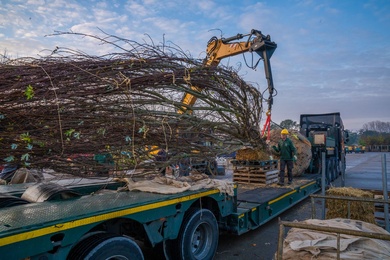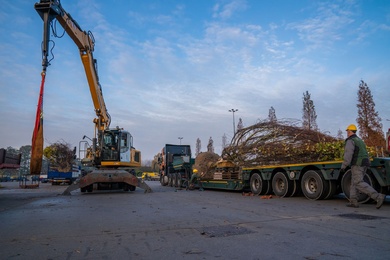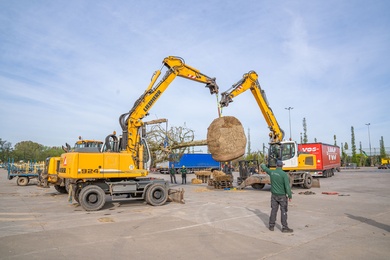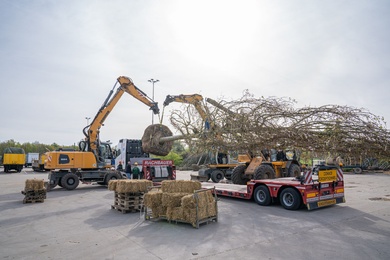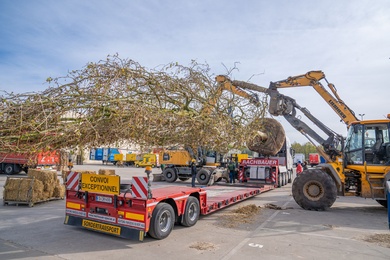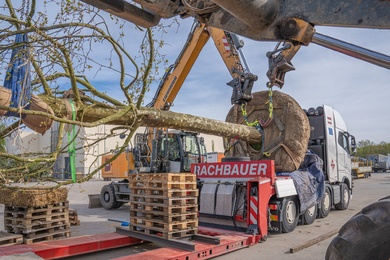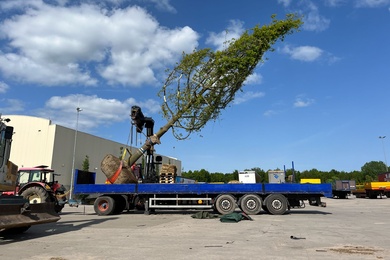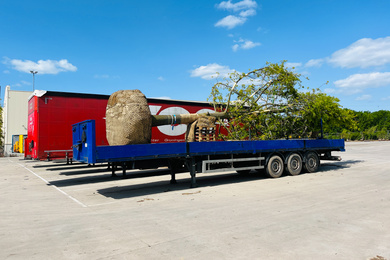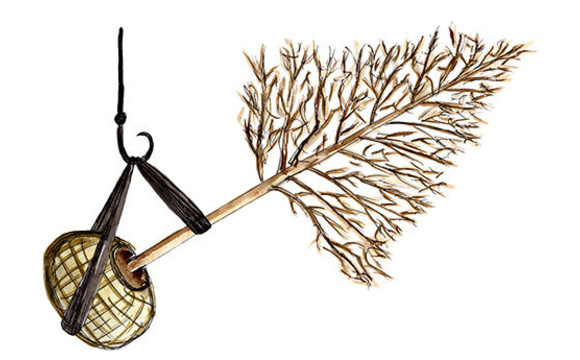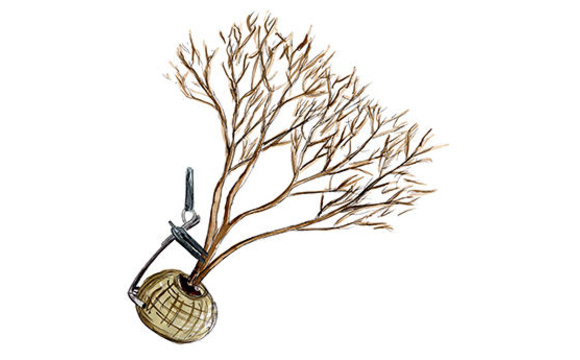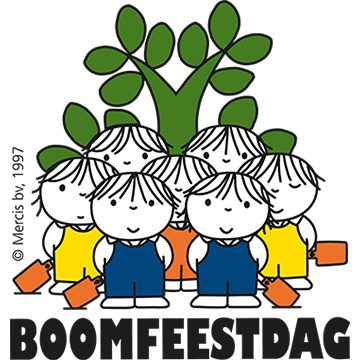Drying out must be prevented during transport, by covering the trees for example. This is essential, particularly when the leaves are beginning to sprout. Ebben Nurseries has all the necessary equipment in house, as well as specialists in transporting, loading and unloading trees. We can take care of all transport from nursery to planting location for you or coordinate the planting work if the contractor does not have sufficient experience.
Transporting, loading and unloading trees
Careful loading and unloading
In the case of large trees in particular, there is a danger of the tree's bark being stripped off during loading and unloading, due to incorrect positioning of the sling. This can cause irreparable damage to the tree. If the bark is stripped off around the tree, it will not survive. The risk increases throughout the planting season, as the sap streams begin again in the late winter and early spring. The layer under the bark becomes more active at this time, so the bark comes off more easily. The time at which the sap streams begin depends on the species. Certain trees may remain inactive for the winter much longer than others. Our tree specialists will be able to tell you exactly when sap streams begin and will be happy to advise you on unloading the trees supplied.
Long and short-term storage or trees
If trees cannot be planted immediately upon delivery due to the conditions, they will need to be stored until planting. Measures should then be taken to protect the trees against drying out. In the case of short-term storage - one to two days - protecting the roots with a tarpaulin or canvas will be sufficient.
In the case of long-term storage and supply of trees with bare roots (without soil) good packing is necessary. This can be done by protecting the root ball with a thick layer of straw or sand. Ensure that the root ball does not dry out and provide sufficient water in the event of dry weather.

